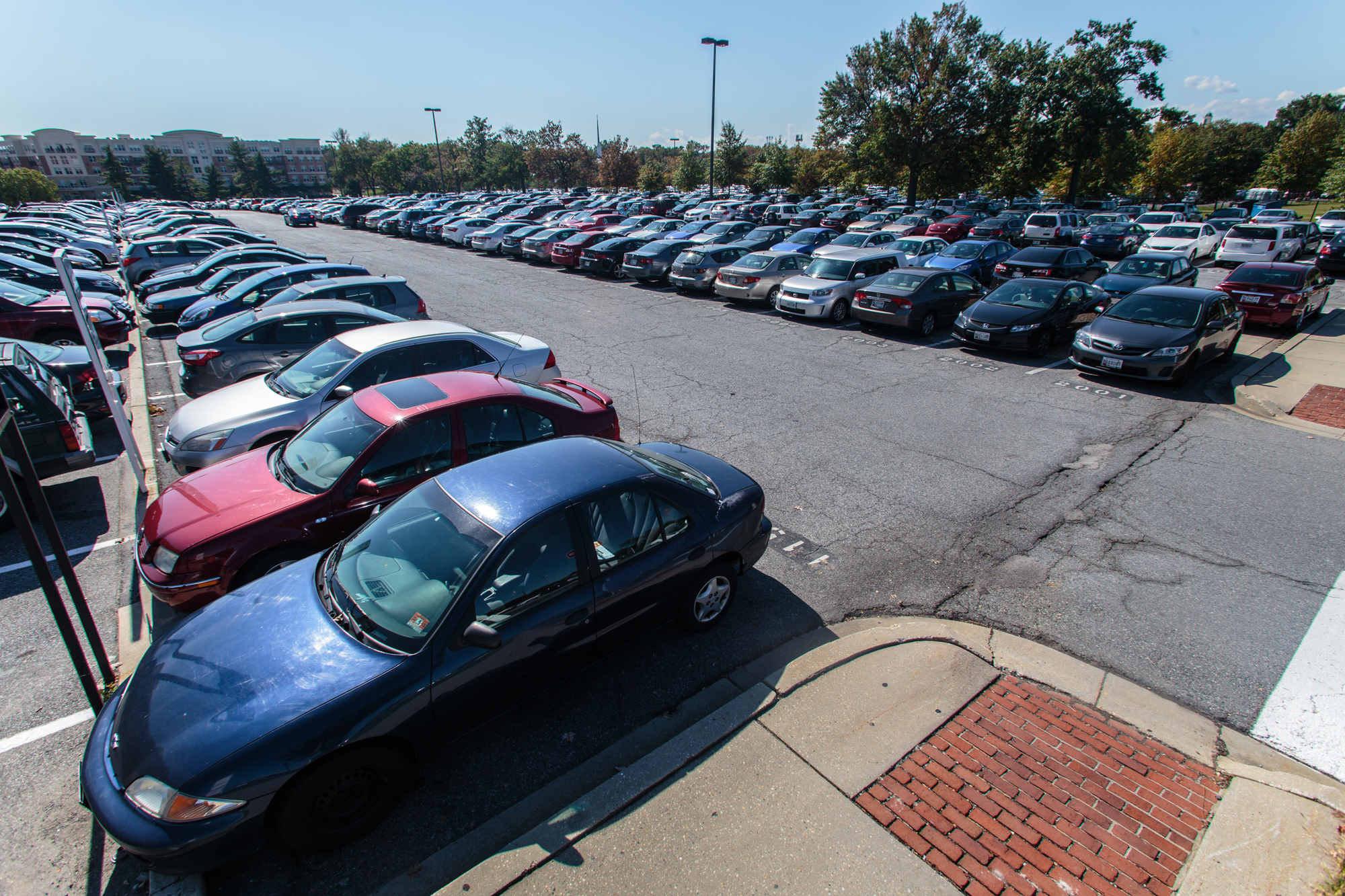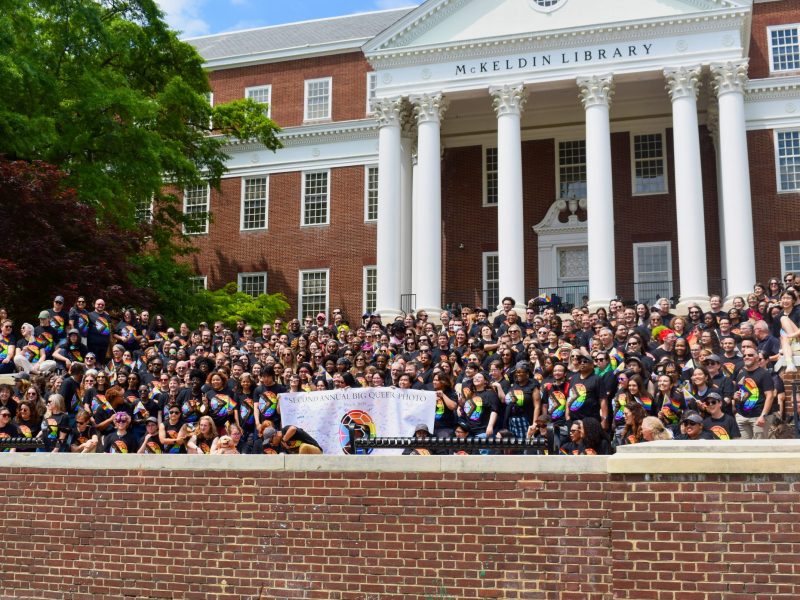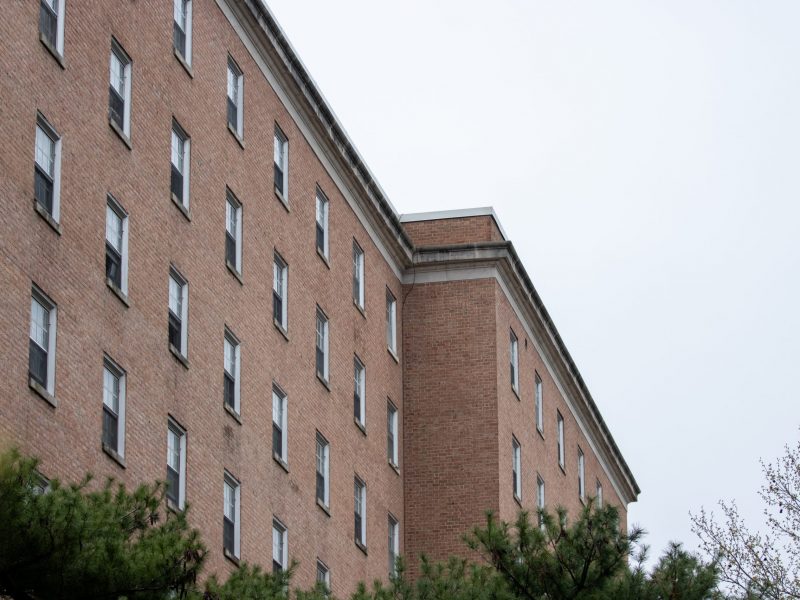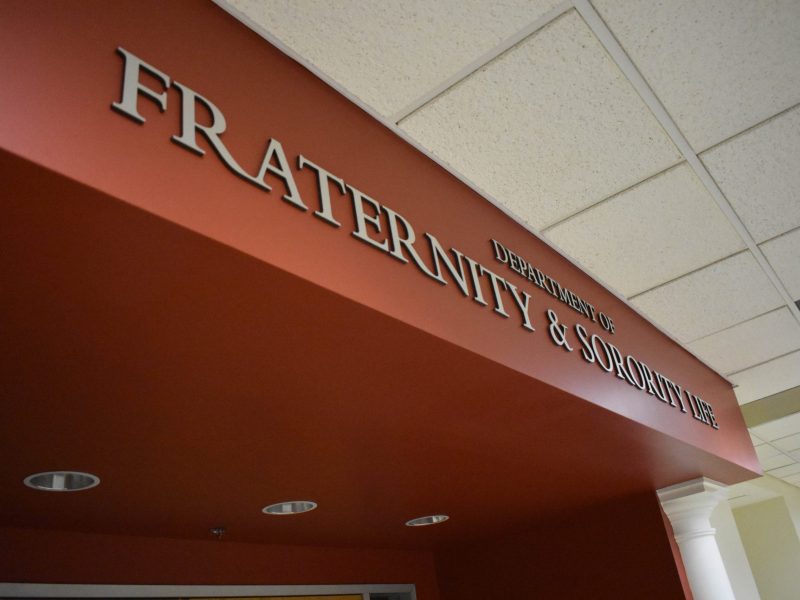DOTS announced intentions to build a 600-space parking garage to address parking shortages at the University of Maryland during an RHA Senate meeting on Tuesday night in Stamp Student Union.
The garage — a four-year project that Department of Transportation Services Director David Allen said would cost about $317,000 for the first year — is being proposed because of projected parking losses resulting from campus construction projects. About 2,700 parking spaces will be eliminated by fall 2018. The location of the garage is not yet determined.
DOTS had previously pitched a 1,000-space parking lot in a wooded area near the Xfinity Center to the Residence Hall Association in November, but the RHA recommended against it, citing environmental concerns.
“When you have a parking problem, you have two choices,” Allen said. “You need more space, or fewer cars. Right now we are in fewer cars until we get another garage, and frankly, the garage that we’re asking for is relatively small. But we believe that this is the garage, at this point, that we can afford.”
The RHA’s meeting served as a platform for reviewing and providing feedback, if necessary, on university departments’ proposed budgets for fiscal 2018. Other budgets discussed were those for the Resident Life and Residential Facilities departments and Dining Services.
While RHA does not have legislative clout over determining these budgets, their representation of the students’ voices goes a long way when department directors present these budgets to the Committee for the Review of Student Fees a few weeks later, RHA Vice President Sasha Galbreath said.
“We serve with an advisory role of guidance, we provide recommendations, we’re really just student insight which is why a lot of the directors come to us,” said Galbreath, a senior government and politics major. “We cannot approve or reject a budget by ourselves. … We do represent 12,000 students, we represent the voices of those students.”
The University System of Maryland Board of Regents has the final say on the budgets.
In discussing the potential new garage, Allen also introduced a $27 or about 10.2 percent price increase for commuter student parking permits, and a $53 or about 10.3 percent increase for student residents from this current fiscal year to fiscal 2018.
This change in fees is largely because of a more than $200,000 parking revenue net decrease next fiscal year following the elimination of 500 freshman resident parkers; an increase in overhead costs; and the fees that will be incurred due to the new garage, according to the budget document.
During the meeting, Resident Life Director Deb Grandner also presented the shared budget for Resident Life and Residential Facilities for next fiscal year. This fiscal year, a student’s rate for a traditional air-conditioned room was $6,944 — this could increase 3.54 percent to $7,190 in fiscal 2018.
Factors such as salary and wage adjustments, net increase in employee fringe benefits and an increase in funding for the resident assistant meal plan are driving the change, according to the proposed budget document. A hike in Police Services traffic management expenses during residence hall openings and closings are also a factor, as well as a dedicated rate increase of 2.5 percent for the Student Housing Strategic Plan.
“We look at [externally directed funding requirements] on our budgets,” Grandner said. “So for example, the state will tell us how much money we should include in our budgets for increases for staff salaries that year. And then there are some internal things that cause us to make those changes.”
Dining Services Director Colleen Wright-Riva also presented her department’s budget. Dining Services is expected to see a $78 or 1.75 percent increase for the campus meal plan in fiscal 2018 on account of changes such as salary and wage adjustments and a more than $300,000 increase in employee fringe benefits.
“We have three major categories that drive what we do,” Wright-Riva said. “The cost of our labor, the cost to buy the food and get it to the back door and utilities to produce the food. Those are the three things that drive everything that we do. Ninety-nine percent of this rate request is to cover those three expenses.”



